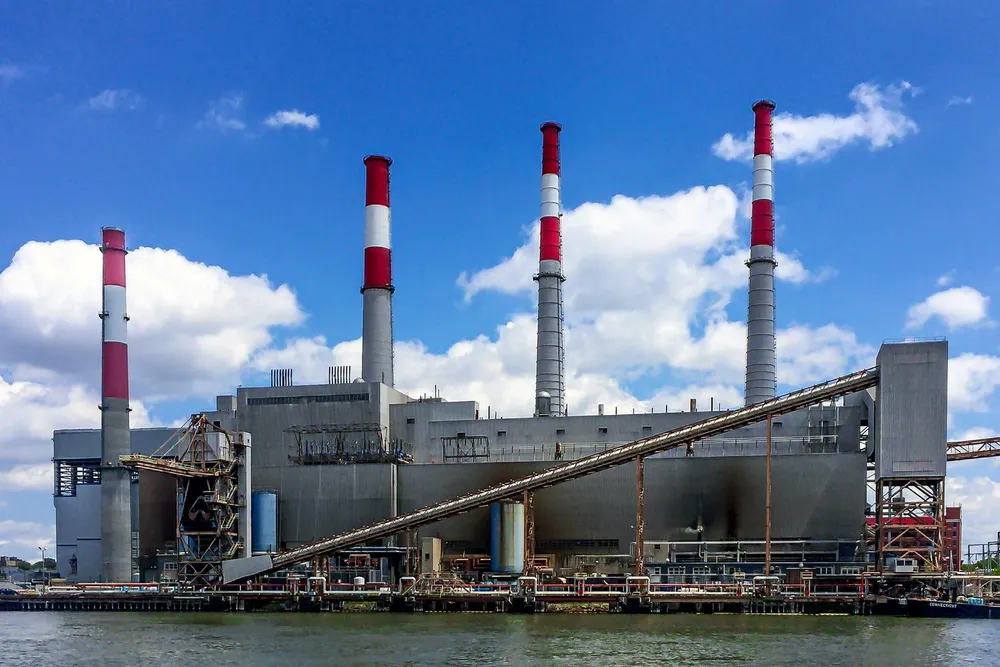Natural gas on pace for lowest level of new generation build and expansion in decades
Power providers installed a meager 348MW of capacity through May while solar predominates for cost and climate reasons

Fossil fuels in the US are on a trajectory for record low annual generation capacity new build and expansion in 2024 as renewables dominated by solar increasingly are the technology of choice for electric utilities.
Power generators this year through May installed 14.43GW of capacity with only 348MW comprising natural gas, an abrupt decline from 6.8GW in the same year-ago period when 14.72GW came online from all technologies, according to latest data from the Federal Energy Regulatory Commission (FERC).
That is the least natural gas power expansion this century after years of rapid uninterrupted growth as it gained market share from previously dominant coal and fading nuclear.
Also notable is that projected three-year natural gas generation capacity retirements (16.9GW) through May 2027 now exceed “high probability” additions of 14.1GW.
If accurate, this suggests the role of natural gas in the nation’s generation mix has peaked at a market-leading 43.4% of 1.3TW capacity installed.
By contrast, coal, the number two technology, is 15.8%, then wind (11.2%), solar (8.8%), nuclear (8%), hydro (7.8%), and the balance minor contributors such as biomass, fuel oil, geothermal, and waste heat. No coal-fired power plants were built this year or are planned for construction.
Steady decline
There are several reasons why natural gas appears to have begun what could become a steady decline over the next several decades.
First, it has fallen out of political favour as a transition fuel between coal and renewables with the Democratic Party’s dominant left progressive wing.
The predominant view now is that natural gas can be phased down on an accelerated timetable in conjunction with coal, as opposed to using it as baseload power amid a shift to a coal-free generation scenario.
While natural gas spews less carbon than equivalent coal when burned, it accounts for a major chunk of harmful emissions in the power sector, and this needs to end sooner rather than later, according to progressives.
In April, the Environmental Protection Agency with support from President Joe Biden proposed a regulation that would force new natural gas plants built in the US to meet strict and potentially costly emissions standards.
Last week, a federal appeals court ruled that the regulation can remain in force as legal challenges continue. Groups and states challenging the rule contend its emissions limits were unattainable for both coal and natural gas plants and threatened national grid reliability.
If elected, Vice President Kamala Harris, the party’s likely candidate for president, would be expected to pursue elimination of carbon from the electric grid by 2035, the target set by President Joe Biden, who dropped his reelection bid on Sunday.
Second, lucrative, long-term federal tax credits and greater flexibility to utilise them have given solar a cost advantage over natural gas in a growing swath of the country.
Solar surge
There is a strong financial incentive for utilities to employ solar and for state regulators to approve projects for their perceived hedge against rising energy costs.
Consultancy Wood Mackenzie, for example, estimates cost of new grid solar with storage at $40-60/MWh versus $70-95/MWh for new natural gas combined cycle, and $115-125/MWh combined cycle with carbon capture.
Third, amid growing interconnection challenges, it is often cheaper, easier, and faster to tie new solar generation into the grid than either natural gas or wind, adding to its allure for investors.
Looking ahead, the report shows that almost 90GW of solar capacity have a high probability of installation over the next three years and 23.5GW of wind.
(Copyright)